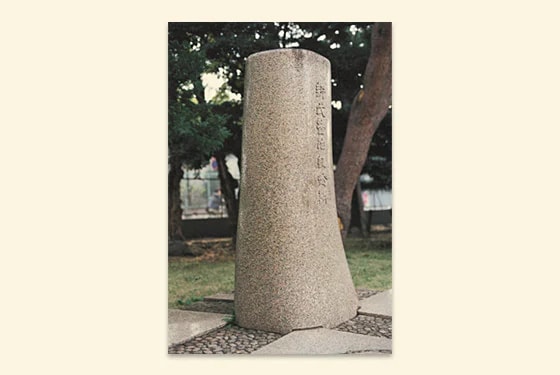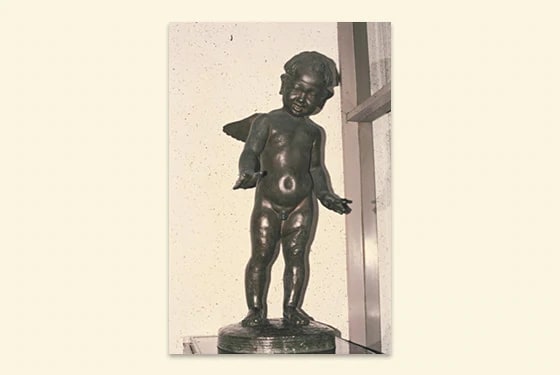Second Semi-Fermented Soy Sauce Manufacturing Method and patent available for free
Shortage of soy sauce materials and development of the "First Semi-Fermented Soy Sauce Manufacturing Method"
Under wartime control during World War II, soybeans and wheat, which are the raw materials of soy sauce, were rationed in Japan and consequently the raw material situation worsened. Amid such situation, "Hydrolyzed vegetable protein mixing soy sauce" in which chemically produced hydrolyzed vegetable protein is mixed to brewed soy sauce, had been widely spread in the market.
Kikkoman dealt with research and development of a brewing method which uses a material that is alternative to soy beans and developed a technology, "Semi-Fermented Soy Sauce Manufacturing Method" (Renamed to "First Semi-Fermented Soy Sauce Manufacturing Method" after the World War II) in which soy sauce is brewed by generating koji mold by using substitute ingredients. In 1943, Kikkoman opened this technology to the industry at no cost. Due to this, many manufacturers who were planning to convert their technology to chemical soy sauce halted their plans.
Further worsening of the material conditions due to the period of confusion after the war and development of the "Second Semi-Fermented Soy Sauce Manufacturing Method"
After World War II, raw material conditions became extremely tight and as a result, not only "Hydrolyzed vegetable protein mixing soy sauce" but also "Imitation soy sauce" which was made by something like coloring brine with squeezed soy sauce lee appeared in the market. While raw material conditions were worsening in this way, Kikkoman attempted to overcome such predicament by devising various ideas.
In 1948, researchers of Kikkoman, Masaatsu Tateno, Isao Umeda, and two other people developed a manufacturing method in which good quality moromi (fermenting mash) can be acquired for a fermenting period of two months by adding moromi management technology to the "First Semi-Fermented Soy Sauce Manufacturing Method" and through the adjustment of proper temperature management of moromi and hydrogen ions. This was called the "Second Semi-Fermented Soy Sauce Manufacturing Method" and was an innovative invention which enhanced the nitrogen usage rate in soy sauce from approximately 60% to 80%. Kikkoman again opened the patent for the "Second Semi-Fermented Soy Sauce Manufacturing Method" to the industry at no cost and consequently this technology was widely used thereafter.
Achievement for development and its appraisal
Against this development of the "Second Semi-Fermented Soy Sauce Manufacturing Method", a professor of Tokyo University, Kinichiro Sakaguchi, then the leading authority in zymurgy, highly praised the development saying it was a "Revolution of soy sauce." Moreover, in an attempt to praise the achievement of the invention, the Japan Institute of Invention and Innovation awarded this manufacturing method the first prize at the Invention Prize Committee in 1951 and awarded the "Imperial Invention Prize" to both inventors Masaatsu Tateno and Isao Umeda, and Keizaburo Mogi, then Managing Director, also received the honor of being awarded the "Invention Execution Prize."
In addition, it is said that the invention of the "Second Semi-Fermented Soy Sauce Manufacturing Method" provided an influence on the food policy of Economic & Scientific Section in GHQ (General Headquarters). After the war in 1948, GHQ announced to release 20,000 tons of soybean meal. However, it is said that the woman in charge from GHQ, Ms. Blanche Appleton, knew the invention of "Second Semi-Fermented Soy Sauce Manufacturing Method" and revised the distribution ratio within the seasoning industry which was once decided, and raised the distribution ratio in the soy sauce industry.
Kikkoman discontinued the production of soy sauce by the "Second Semi-Fermented Soy Sauce Manufacturing Method" in 1970. However, their achievement is being engraved even now in "Semi-Fermented Soy Sauce Monument" and "Peace Child Statue".


